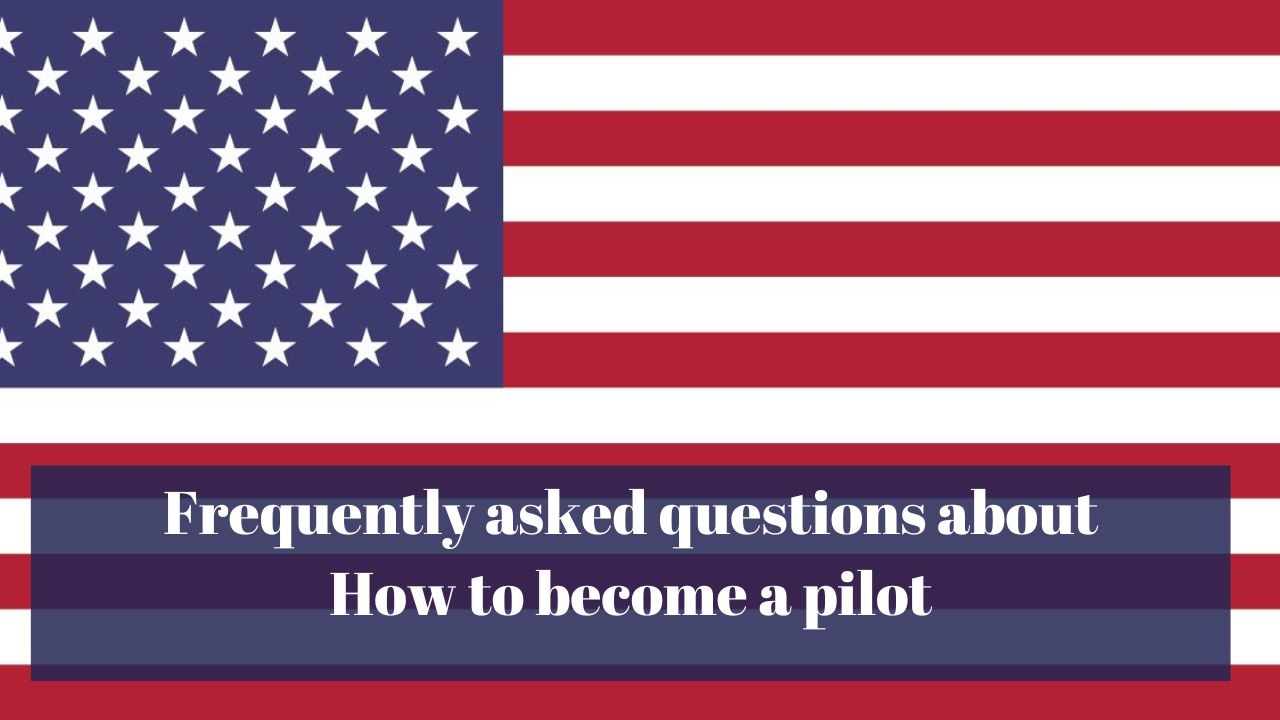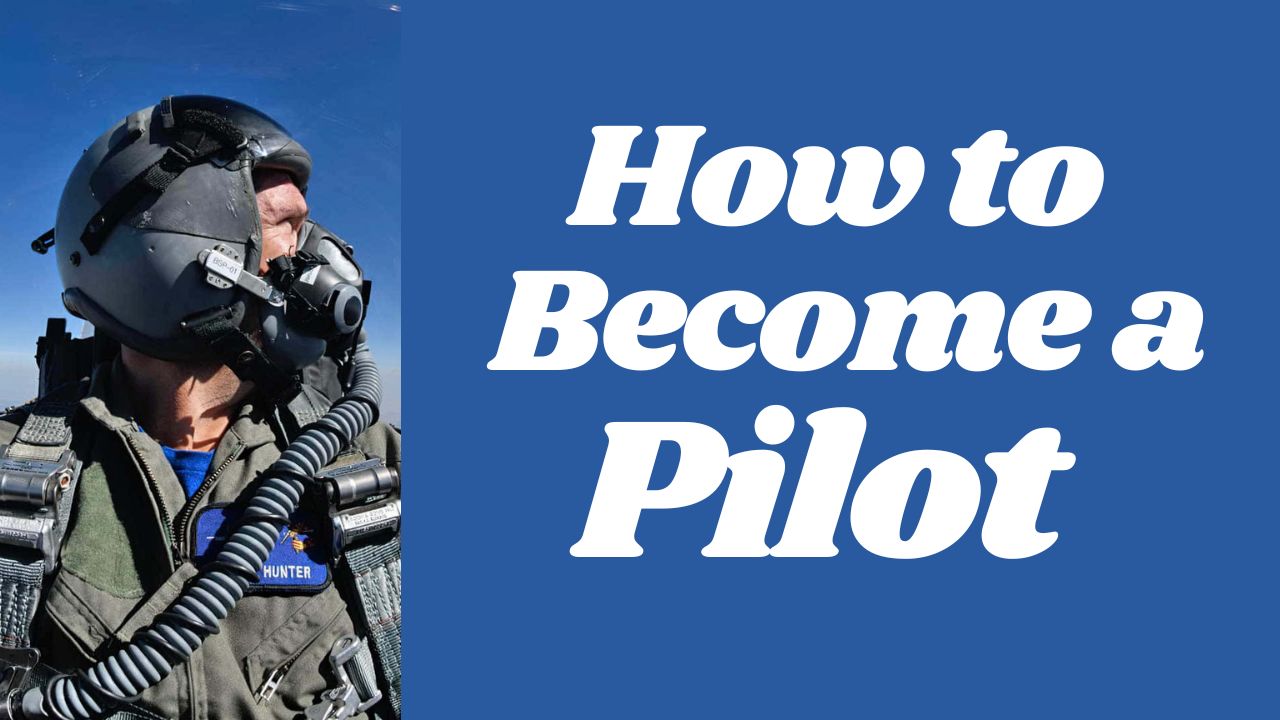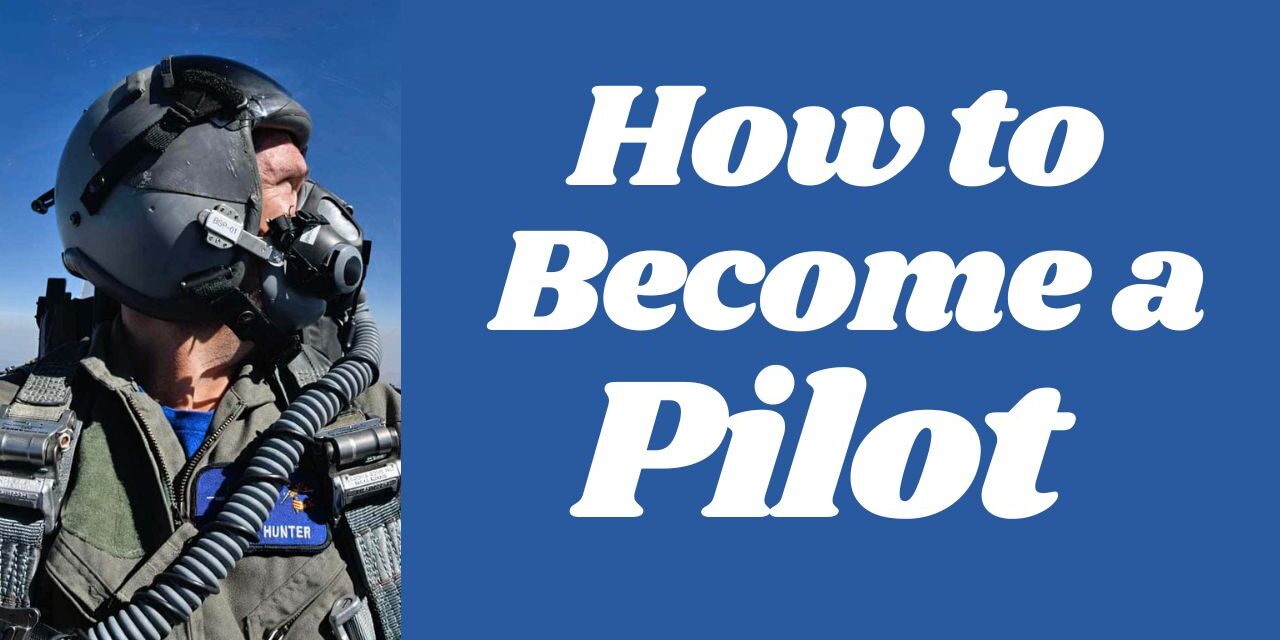How to Become a Pilot in 2024
Hello friends, today we will discuss about How to Become a Pilot?
Becoming a Pilot: Training, Licenses, and Career Paths
For many, becoming a pilot starts as a dream of soaring high in the skies and jetting off to exotic destinations. Piloting an aircraft takes skill, coordination, and quick thinking, but it can be a gratifying career with the proper training and licenses. This guide will discuss the main steps and considerations for becoming a commercial or airline pilot.
Getting Started
If you’re set on being a pilot, the first thing to do is ensure you meet the basic requirements. You’ll need a high school diploma or equivalent, and you must be in good physical health, with normal blood pressure, good hearing and vision, and no history of certain medical conditions. Many airlines require pilots to retire at age 65.
It’s also a good idea to join an aviation club or enroll in an introductory flight course. This will give you a taste of what it’s like to work in aviation and be at an aircraft’s controls before you commit to intensive training. With an instructor present, you can log some flight time and try your hand at basic takeoffs, turns, and landings.
Earning Your Pilot’s Certificates and Ratings
The Federal Aviation Administration (FAA) requires all pilots to earn pilot certificates and ratings to fly specific aircraft legally and safely. The primary certificates include:
- Student Pilot Certificate: You must undergo solo flight training before earning your private pilot license. Valid for up to 5 years.
- Private Pilot Certificate: Requires at least 40 hours of flight time, including solo flights. Allows non-commercial flying.
- Commercial Pilot Certificate – A more advanced certificate for pilots flying for hire. Requires 250+ hours of flight time.
- Airline Transport Pilot (ATP) Certificate – Highest level license for airline captains and co-pilots. Requires 1,500+ flight hours.
To fly professionally, you’ll also need to earn instrument, multi-engine, and aircraft-type ratings. The best way to get all the licenses and ratings required is to enroll in a high-quality aviation flight school.
Top schools have modern fleets, experienced instructors, a structured curriculum, and airline pipeline relationships. Flight training costs are from $70,000 to $100,000 in total.
Logging Flight Hours
In addition to passing written, oral, and practical flight exams, pilots must log a minimum number of flight hours to qualify for each certificate and rating. In general, you should aim for:
- 250 hours for Commercial Pilot Certificate
- 750 hours for first airline job (“restricted” ATP)
- 1,000-1,500 hours for full Airline Transport Pilot Certification
Building hours are critical, so sign up for extra flying lessons in different conditions and environments. Consider becoming a flight instructor; this allows you to log hours while paying forward your knowledge. Other jobs like banner towing, skydiving, pipeline patrols, and rescue flights also help accumulate experience.
Getting Hired by an Airline
The typical route to becoming an airline pilot is gaining several years of professional flying experience after earning your commercial certificate and instrument rating. Then, you can apply for an entry-level job with a regional airline.
Regional carriers are contracted by major airlines to fly shorter routes. Spending 3-5 years with a regional airline is often required before transitioning to a major airline like Delta or United.
With so much competition for airline jobs, it’s essential to stand out. Having a bachelor’s degree, graduating from an elite flight program, having prior military experience, and passing exams and interviews with flying colors will improve your chances tremendously.
When interviewing, emphasize safety, professionalism, teamwork, and your passion for aviation.
Pilot Career Paths and Advancement
Starting first officers with regional carriers typically earn around $50,000/year, while senior pilots at major airlines average over $200,000. Beyond pay, there are excellent travel benefits, flexible schedules, and opportunities to advance your career over time.
As you accrue seniority and flight hours with an airline, you’ll progress step-by-step from first officer to captain, fly larger aircraft on longer routes, and have priority in choosing schedules and flight paths.
Further professional development options include training fellow crew members as a check airmen or moving into administrative specialist or airline management roles.
Staying Fit to Fly
Being an airline pilot brings fantastic adventures and rewards but requires commitment and vigilance to fly safely decade after decade. Avoiding fatigue is crucial when you’re responsible for hundreds of lives multiple days a week. Pilots must commit to getting adequate sleep and rest between shifts – never fly if you feel overtired or unwell.
Additionally, staying physically and mentally healthy is vital for all pilots. Take your annual FAA medical exam, which involves extensive tests to check everything from vision and heart health to mental stability.
Stay updated on your immunizations as well. Health and well-being allow pilots of all ages to enjoy smooth sailing through clear skies for as long as they choose to extend their aviation careers.
With dedication and an adventurous spirit, becoming a commercial pilot can be an incredibly fulfilling profession. Plan each step carefully in selecting an aviation academy, accumulating flight hours, and preparing thoroughly for airline interviews.
Stay ambitious in continuing to boost your credentials – and before long, you’ll have the privilege of transporting passengers comfortably to wondrous horizons.
FAQ
Frequently asked questions about how to become a pilot

What are the basic requirements to become a pilot?
The basic requirements are having at least a high school diploma or equivalent, being able to read, speak, and understand English, and being in good physical health with good vision, hearing, and coordination. You must be at least 18 years old to fly commercially.
How much does flight training cost?
Flight training to become a certified pilot costs $70,000-$100,000 or more. This includes the medical exam cost, written tests, materials and textbooks, many hours of flight time with instructors, airplane rental fees, simulator training, licenses, and ratings.
What are the steps to become an airline pilot?
The main steps are: 1) Earn at least a private pilot license 2) Obtain instrument rating 3) Earn a commercial pilot license 4) Build flight hours by being a flight instructor or other piloting job 5) Get hired by a regional airline 6) Earn ATP certificate 7) Transition to a major airline like Delta or United after 3-5 years with a regional carrier.
How many flight hours do you need to become an airline pilot?
You need at least 1,500 flight hours to qualify for an Airline Transport Pilot (ATP) certificate, which the FAA requires to operate airline flights. However, the average new hire at major airlines has over 2,500 hours. Regional airlines may sometimes hire pilots with only 250-750 hours.
How much do airline pilots earn?
The average annual pay for airline pilots is between $78,000 for new first officers at regional airlines and over $200,000 for highly experienced prominent airline captains flying giant planes on long international routes.
At what age do most airline pilots retire?
The mandatory retirement age imposed by most airlines is 65 years old. This is due to FAA regulations requiring airline pilots to have rigorous health exams every six months once they reach age 40. However, pilots can switch to non-passenger flights later on if they wish to keep flying.
What degree do you need to be an airline pilot?
A 4-year aviation-related bachelor’s degree is not required but can improve job prospects. Some airlines have cadet programs favoring college grads. About one-third of airline pilots today have a bachelor’s degree. Flight schools offer 1-4 year aviation degrees combining flying, classroom studies, and a faster track to licenses.
Thank you for visiting Jobs Ada







